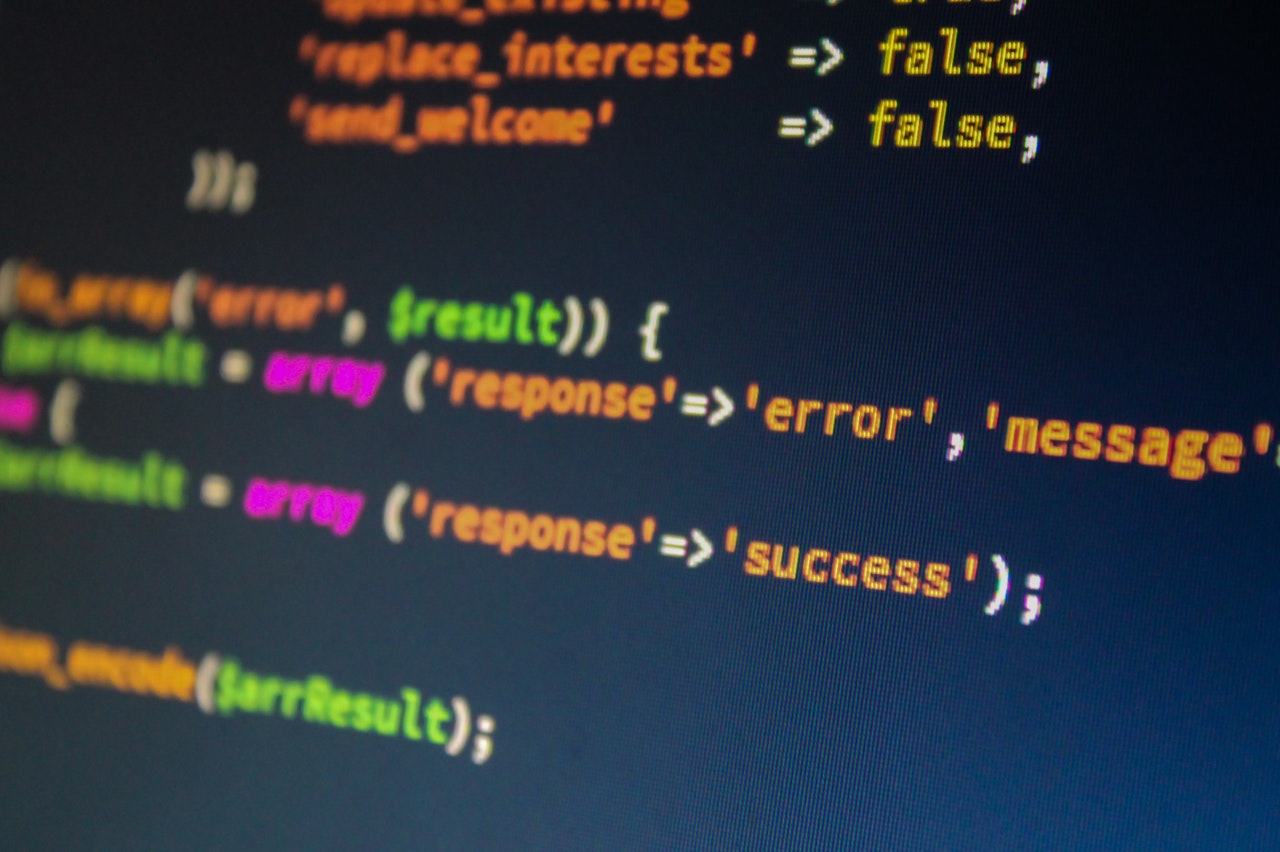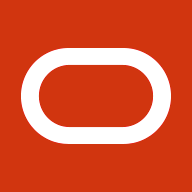By Eric Ghirardi, Vice President Consulting, Oracle
Data security breaches remain a ‘taboo’ subject in business circles. Many organizations suffer from data leaks but very few care to admit it, let alone know how to stop it. A study for IBM last year found that the average total cost of a data breach is $3.92 million (USD) and the average cost for each individual lost record is $150. Those costs, say the report, have been increasing year-on-year.
When high-profile data breaches do become public, they can be truly eye-watering. When Lenovo suffered a data breach in 2019, around 36TB of data was compromised, including over 3 million files, credit card numbers, and financial records.
Security to Protect Users and the Company
Now, in most sectors, IT and HR need to migrate their in-house applications and data to cloud-based third-party providers, offering security features and a single data model across HR and Finance. The key is to choose the right technology—one that is designed to protect users, enhance the safeguarding of data, and better address requirements under privacy laws.
According to Dana Louise Simberkoff, Chief Risk, Privacy and Information Security Officer at AvePoint, “In the absence of security education or experienced people (including employees, users and customers), the risk of making poor security decisions with technology increases. This means your internal and external systems need to be easy to use when they’re secure and difficult to use when security controls are lacking.”
Look: How HR Technology Can Help You Find and Keep the Gold
Oracle HCM Cloud is built on this principle. Multiple layers of security and levels of defense provide exceptional resilience. If any vulnerability is discovered and exploited in one layer, the unauthorized user will be confronted with another security control in the next layer
We know that every business is unique and has its own set of challenges. Your Human Resources Information Systems (HRIS) should address those concerns. Your employee data systems contain voluminous amounts of sensitive and confidential data that must be protected. A key HRIS challenge is how to implement a solution that allows every approved user to access the system and get exactly the information they need, on any device, without accessing the information they do not have permission to, with the appropriate cascade of data both upwards into the organization and down. The Oracle HRIS system has the solutions for that, too.

Mitigate Risk and Improve the Employee Experience
But having some of the world’s best security technology is only part of the story. Oracle offers customers a more intelligent alternative that better prevents probable threats, detect threats, enhances the response to those threats, and gathers intelligence to more effectively predict future threats before they can even occur.
The Oracle HRIS enables automated and standardized record keeping, reporting, and self-service functionality. This can lead to more accurate and up-to-date information management that drives greater efficiency while providing convenience and ease of use for employees.
Compliance isn’t just about mitigating risk, though – it’s about ensuring that an employee’s experience aligns from contract to benefits package and beyond. With the right data security, you’ll be better able to connect with your employees, help them develop career plans, find the right training, and take their performance to the next level.
With myriad contracts, collective bargaining agreements, seniority rules, eligibility requirements, and flexible working agreements, keeping track of and supporting workers is one of the most manual and compliance-heavy processes in HR today. We iron this out with tools to simplify the entire process. Our Product Essentials video tells you more about the depth and breadth of Oracle HCM Cloud’s ability to support represented workers.
Read the White Paper: Is Technology the Answer To Your Biggest HR Challenges?
Achieving Enhanced Data Security
Security in the cloud has come a long way. With extensive security teams, up-to-the-minute intelligence, and cutting-edge security technology, cloud providers are much better equipped to secure data and ensure global regulatory compliance than customers with on-premise systems.
Oracle strengthens compliance by easily detecting security access anomalies, using comprehensive controls leveraging AI and machine learning. With this you can automate security analysis and use security dashboards to monitor and manage access and red flags. The HRIS provides a comprehensive, secure and real-time view of the entire company.
When we asked customers to tell us their business outcomes since moving to the cloud, ‘enhanced data security’ was in their top 3. Our customers experienced 80% improvement in reporting productivity by setting up automated and self-service reporting processes, eliminating data-manipulations and leading to increased security compliance.
Enjoyed reading this blog? Leave feedback for us.
